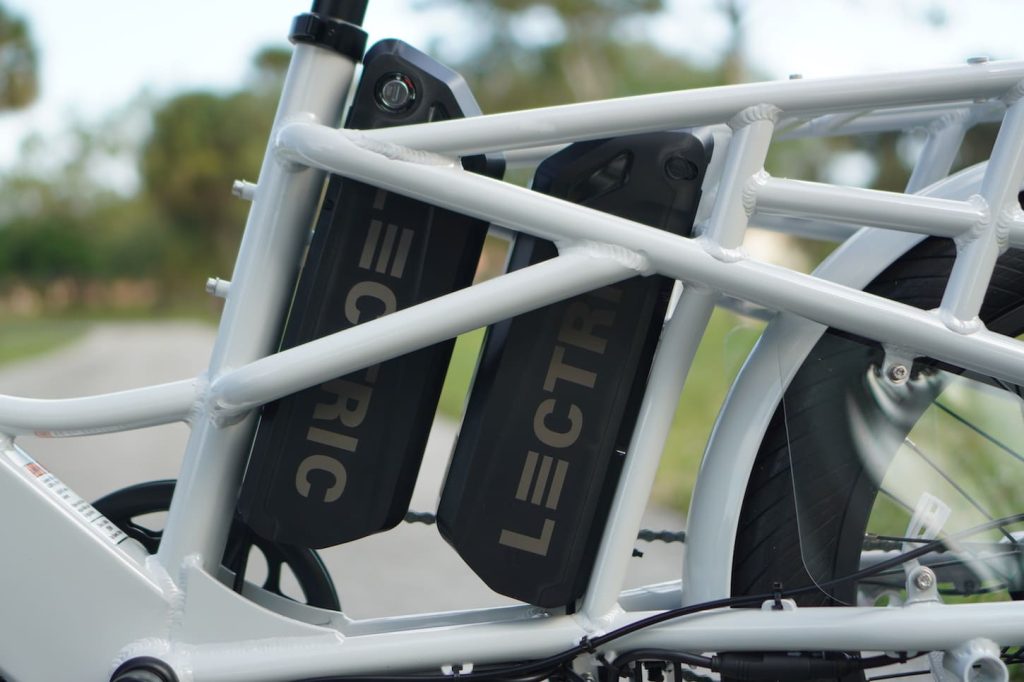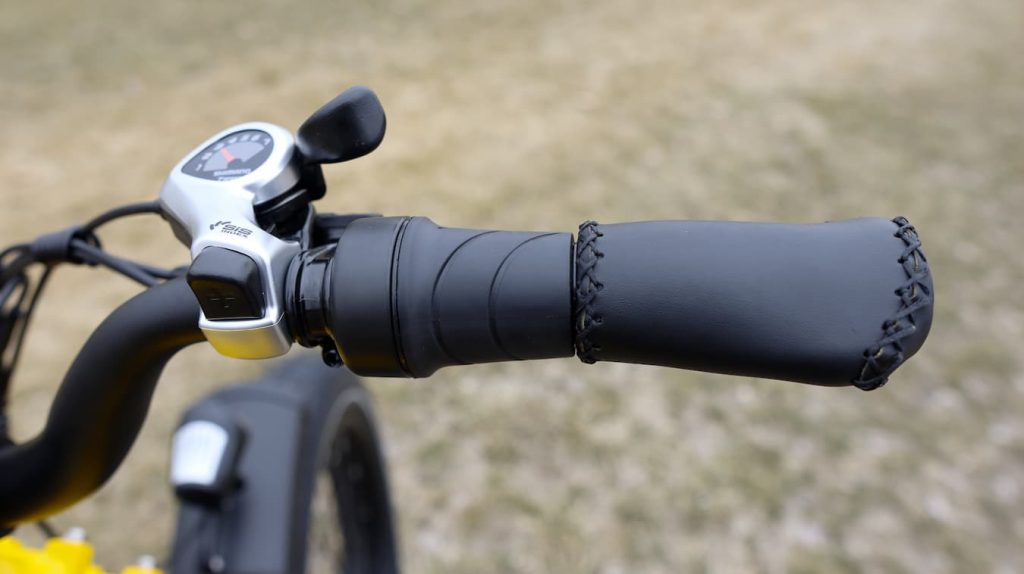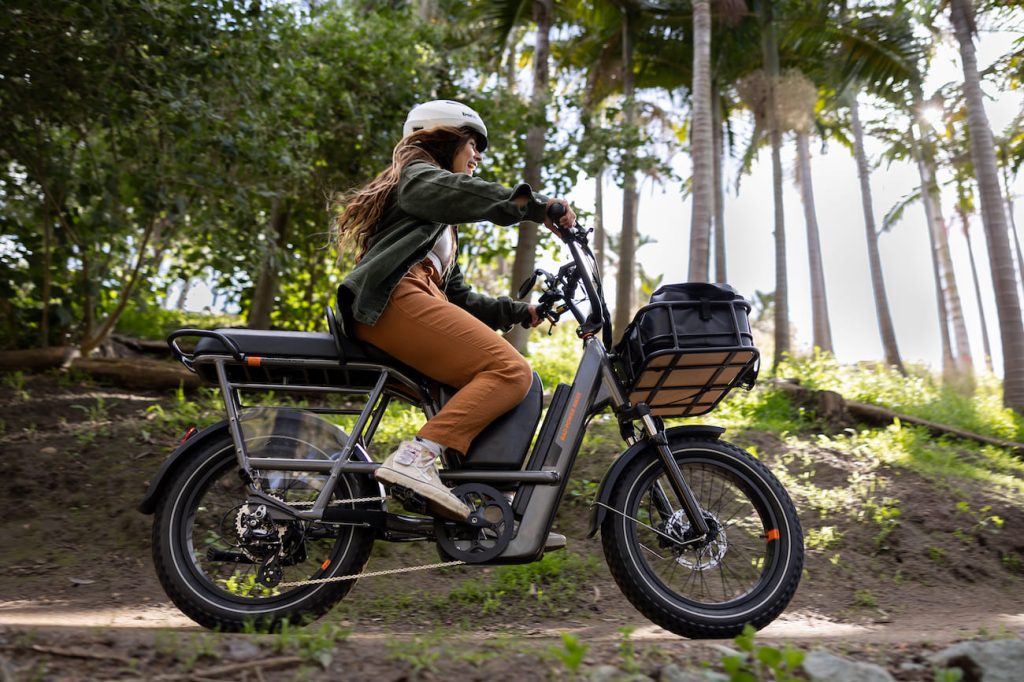
It’s a tale as old as time. Man sees electric bike advertisement touting 50-mile range. Man buys e-bike. Man’s first ride gets 25 miles before the battery’s charge dwindles. Man is justifiably disappointed.
So what gives? Why does it seem like you can never trust the range numbers that the electric bike makers tell us?
The short answer is that it seems that way because that’s the way it is. You simply can’t trust the range figure printed on an electric bicycle’s marketing material. At least not most of the time.
There are several good reasons for this, so let’s break them down.
No standard for range testing for e-bikes
First of all, e-bikes aren’t like cars. There aren’t any standards for battery range testing on e-bikes. It’s not like the “EPA-rated 32 mpg” or “NEDC-tested 250 miles of range” you’ll see in car ads.
Range ratings for e-bikes aren’t determined by outside agencies. They are determined by the bike makers themselves. In the best case, the printed distance figures come from real-world range testing. Some companies like and Lectric eBikes have stepped up with real-world range data on their sites for each level of pedal assist or throttle riding. That’s the best case. But in the worst case, some companies just give us numbers that they pull out of a hat or theorize that their bike can probably achieve.
Which companies are which? Without hard data displayed on the company’s site, it’s hard to know. That’s the problem. Unless a company puts real-world testing data out there, we’re left to guess.

Range varies WIDELY based on a number of factors
This is actually the single largest reason that you almost never actually achieve the range quoted by the e-bike manufacturer. There is a huge variance in the real-world battery range of an e-bike on a single charge. There are literally dozens of factors that have significant impacts on range.
Even if an e-bike company wanted to give one number as the ultimate, end all and be all, certified range of their e-bike – a number that they are confident you can achieve – they simply wouldn’t be able to do it. It just depends on too many factors.

It’s amazing how many factors can have a measurable impact on e-bike range.
Are your tires low on air or pumped to the max? Are you riding uphill or downhill? Tailwind or headwind? Brake rub? Crouched or sitting up tall? Is the road wet? Did you eat a big lunch? Have you eaten big lunches for the last 30 years? What gear are you in? What power level are you in? Knobby or smooth tires? Are you wearing a backpack or carrying cargo on a rack or basket? Any passengers with you? Are you riding on asphalt? Concrete? Dirt? Gravel? Sand? The list goes on and on.
Depending on the answers to those questions, the exact same electric bike could travel 15 miles or 60 miles on a single battery charge. Yeah, it’s wild.
Many people expect e-bike ranges to be more repeatable, similar to car mileage. But then again, consider that unlike cars, which often outweigh their drivers by 20 to 1, you probably outweigh your bike by 3 or 4 to 1. So changes in you or your environment have a much bigger impact on range than they do for other larger vehicles likes cars and trucks.
All of these factors make it harder for e-bike companies to offer a realistic range, and so they usually test for the best-case scenario. That means a lightweight rider (often listed at 150 lb., even though the average American adult female and male each weigh 170 and 200 lb., respectively) riding on a pancake flat and smooth surface with ultra-high air pressure in the tires and with the bike set into its lowest power mode. It’s not “cheating,” assuming they provide the real test data. It’s just putting their best pedaling foot forward. But in the real world, most of us won’t be riding in the same ideal conditions. So the “maximum” range that most e-bike companies quote simply aren’t realistic for most of us.

Throttle versus pedal assist range
This is another major factor affecting range. Any Europeans reading this, you poor things can ignore this section since your governments don’t believe you can be trusted with throttles. For the Americans, Canadians, Australians, and civil-disobeying Europeans still here with me, listen up.
The general rule of thumb is that throttle riding will nearly halve your range compared to pedal assist. That’s why most e-bike companies will list their maximum range based on pedal assist. When you see an e-bike listed as having a “50-mile range,” that’s almost certainly the pedal assist range. The throttle range is probably closer to 25-30 miles, depending on conditions. A true 50-mile throttle-only range would usually require having a battery of at least 1,300 Wh, or around twice the size of an average e-bike battery.
Some companies like Rad Power Bikes are pretty good about listing a range of ranges (get it?) instead of a single number. For example, they tell us that the RadRunner 3 Plus’s range is “Estimated 25-45+ miles per charge (40-72+ km)” in the specs section of the product page, though they’re still guilty of the slightly misleading “Up to 45 miles per charge” phrase in larger font on the main page.

How can you know an electric bike’s ‘real’ range?
There’s a messy, overgeneralized rule of thumb that I created to quickly judge approximate bike range. But be warned: It requires a small amount of math. Don’t worry though, you can handle it.
At 20 mph, my messy rule of thumb is 25 Wh/mi for throttle riding and 15 Wh/mi for pedal assist riding. This is for a decently powerful level – we’re not talking Eco Mode or Level 1 pedal assist here. At very low-power pedal assist where the rider does most of the work, it is possible to even achieve closer to 5 Wh/mi.
For anyone who uses a more sensical system of measurement, that means when riding at 32 km/h, you can generally expect somewhere around 15 Wh/km on throttle and 9 Wh/km on pedal assist, though it can drop as low as 3 Wh/km on really low power pedal assist.
So to use my rule of thumb, simply divide the watt-hour capacity (Wh) of the battery by my efficiency numbers and you’ll get the rough range. An e-bike like the RadRunner 3 Plus mentioned above with a 624 Wh battery should get roughly 624 Wh ÷ 25 Wh/mi = 25 miles of range on throttle-only riding. In sensical measurements, that’s 624 Wh ÷ 15 Wh/km = 41 km. That number actually aligns nicely with Rad’s published figures. Go figure.

Like I said though, this is a rough approximation. It can vary based on many factors. If you’re a heavy rider, you might even use slightly higher constants than I mentioned, such as 30 Wh/mi instead of 25 Wh/mi. Other factors like terrain and tire width make a big impact on this guesstimate system as well.
For science, I once took an e-bike with a teeny tiny 180 Wh battery on a long ride at the lowest possible power setting and with significant muscle effort on my part. I got a range of 56 miles (90 km), or close to 3 Wh/mi. It was grueling, but it showed what is possible, and how companies can get away with claiming sky-high ranges that may be possible, even if unlikely.
So sure, my generalized rule of thumb above uses fuzzy numbers. But they aren’t anywhere near as fuzzy as the ratings from most e-bike manufacturers.

In conclusion, I don’t intend to claim that there is malice on the part of most companies that market e-bikes. Their goal isn’t to mislead. They’re just caught in an unfortunate system where people want a short and pretty answer to what is under the surface actually a long and ugly question, “How far does it go on a charge?”
So until people are prepared to receive a table of data in response to that question, companies are basically forced to choose between giving an unimpressive albeit more honest range spectrum like, “It can go 20-45 miles per charge,” or to just give the rosier answer of “It can go 45 miles.” With millions of dollars on the line, you can guess which one they prefer to choose.
Author: Micah Toll
Source: Electrek



